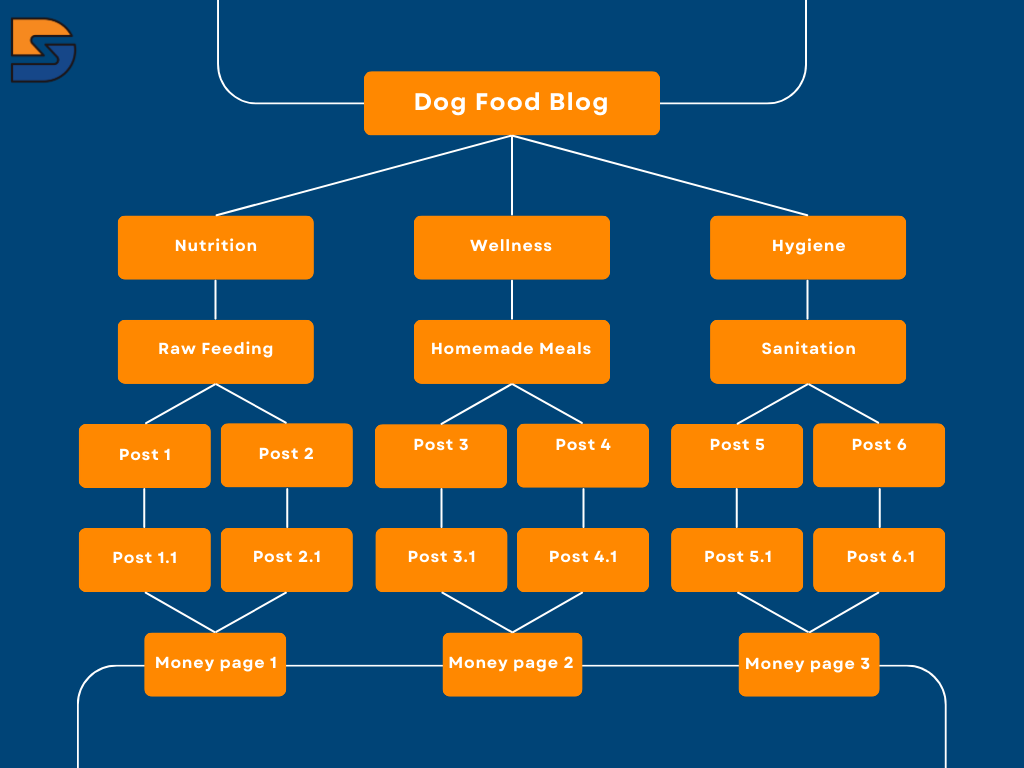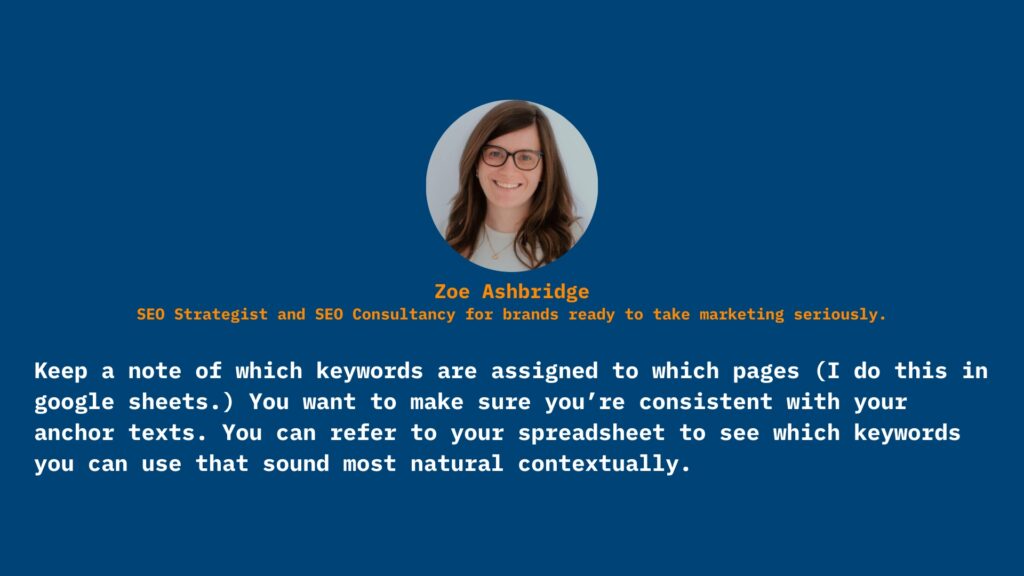Reading time: 4 minutes
Building backlinks is painful. It’s not a poor man’s game.
What if I tell you, there’s a way to grow traffic without worrying about external backlinks?
You know you need to work on backlinks but it’s a money game now. You’ve also heard internal links are a great way to boost traffic, but you need help with strategy.
Look no further, this edition has got you covered.
By the end of this issue, you will be able to:
- Learn how to create a content funnel using only internal links
- Start giving importance to internal links over backlinks
- Establish the importance of internal links
- Appreciate & prefer Silo structure
Growing traffic to a new website is a daunting task. Failing to take care of the fundamentals of SEO, in the context of this post, internal links. The biggest reason why internal links don’t prove to be fruitful is that you are either leaving a lot of pages as orphans (not linked to and from anywhere) or you’re doing internal links completely wrong.
Just linking to a random page on your website isn’t going to help. Remember, the idea isn’t to keep users on the page as long as possible, it’s actually to leverage whatever link juice each page has to provide. Imagine me explaining this concept with a random & irrelevant example that doesn’t explain anything. The same happens to your readers when they see links to completely irrelevant pages.
Small tweaks in your internal linking strategy will help you create a flywheel of internal links that actually is self-sustaining.
I took internal links seriously & have started making changes. Not only my graph is going upward, but I’m also able to predict my traffic better.
You don’t need much to do this. No paid tools, no “SEO expert” & no running around the web to find links. Follow these simple steps to create a website of “better linked” pages.
Step 1: Understand what to link
Just like everything else in SEO, internal links are a science. It can’t be random, everything you link to should be relevant. There isn’t a downside to randomly linking to internal pages, you won’t be penalized. However, if you do it the right way, you can get more traffic with little to no effort.
Imagine you own a dog food blog & have created a page on “Breakfast for pet dogs”. Would you link it to a page on “How many times should pet dogs eat?” or “How to train pet dogs?” Although the broader topic is related, the pages aren’t contextually related.
When someone is looking for tips to train their dogs, they’re most probably not looking for information on breakfast for pet dogs or how many times should dogs eat. From a search intent point of view, it’s not relevant to link the pages.
I have a simple thumb rule, if and only if a page can act as an extension to what I’m saying or back up a claim (usually external outbound links) will I add links. To make it even simpler, keep the context in mind. Both pages shouldn’t be even slightly away from the context of each other. This will keep you away from over-adding links & screw up UX on your site.
Step 2: Understand how to link
This one’s easy but often ignored. Link texts are crucial signals for search engines. Link texts are entry points of SEO links juices, it can’t be ignored. You can even rank a page using the link text.
I do this once a post is live and has started getting traction on search. I pull up the impressions data & analyze the keywords I’m getting impressions for. Some keywords become a topic for new pages, some keywords go into the images as alt text, & some become link text I use on other relevant pages.
Continuing the example of a dog food blog. Imagine I’ve published posts on “Breakfast for pet dogs” & “How many times should pet dogs eat?”. Once the post is live and data is in, I find out that the post on “Breakfast for pet dogs” is getting impressions for the keyword “xyz”.
I’d include “xyz” in “How many times should pet dogs eat?” contextually. The link text will inform search engines what that page is about. Make the life of Google easier & get rewarded.
Step 3: Create Silo Structure for internal links
Imagine the Silo Structure as a treasure hunt game for search engines. Each page is a hint about what the whole structure is talking about. Not only that, each page passes link juice to all other pages in the silo.
When internally linked in this format, every page in the structure gets some link juice if even one of the pages gets a backlink from relevant domains or traffic from search engines. Let me explain how this weird-sounding structure works with a dog food blog as an example.
If I were to create a Silo structure for a dog food blog, this is what the whole layout would look like.

Post 1 & 1.1 would be targeting long tail keywords, for example. “Getting Started with Raw Feeding” would link back and forth to “Raw feeding vs traditional kibble: Pros & Cons”. The same goes for 2 & 2.1 and so on.
Unlike random internal links, you won’t link 2.1 & 3.1 since both pages are contextually different. Basically, put, you don’t link pages from across the silo. Treat this as Living room & furniture. Both are for the same intent but has totally different use case.
To make it easier, a silo structure has vertical linking only, horizontal linking would break the structure. Even Google’s search advocate, John Mueller suggests following the pyramid structure to make the most out of internal links.
Make Use Of is an amazing example of silo structures for internal links, pick any category or tag page, and you will find a silo structure. Check out this iOS category page on Make Use Of, you’d literally see a silo structure.
Video Guide
Understanding & setting up your own silo structure from scratch. The Silo structure works only if you have a large portfolio of content. Especially under several categories, sub-categories, sub-sub-categories, and tags. Silo structures are extremely helpful when you want to dominate a particular topic, as link juice flow from the bottom-most page to the top-most home page, benefitting everything in between.
Today’s action steps → Pull up all category pages & create a structure on paper with all the sub-categories with posts under each of those. See if you can create connections & link the post in silo form. Note: If you have a large site, make sure to take professional help.
Creator Spotlight
I got in touch with Zoe Ashbridge, she has written for elite blogs like Moz, SEJ, HubSpot & more. Zoe shared her experience on internal links and has something for first-time founders who want to strong-arm their SEO game.

Here’s an example of how Zoe executes internal linking.
“If your money page is a product page, ranking for keywords like ‘buy mobile phone’ you want to build content around this, think, ‘the best mobile phone for…’, ‘iPhone vs Android’ etc. Find out what your buyers’ ask in the lead up to a sale and answer everything as helpfully as you can. All relevant pages should link to the page you want to rank – and where natural and relevant – to each other! Where natural, use the keyword you want linking page to rank for in the anchor text of the link. This helps Google ‘understand’ what the page is covering/what it should rank for.”
SEO this week
- Google has changed how FAQs & How To schema will show up on SERPs – Read more here
- Finally, there’s something to celebrate about. OpenAI has shared details on its GPTBot – Read more about GPTBot here
- If you use AI Chatbot on your website & don’t want the output to index, here’s what John Mueller has to say
- It’s finally happening. NY Times won’t allow AI tools to train its content – Good news?
- CNET recently deleted several pages as part of content pruning – Google warns about this
Masters of SEO
- ChatGPT may not be good at generating useful content, but it’s damn good at certain boring SEO tasks – Samy Thuillier
- How to use local citations to boost Local SEO? – Dmytro Klimchuk
- A guide on writing a killer intro for your blogs – Steve Toth
- Have a shoestring budget for SEO? Here’s what can be done – Jairo David Guerrero Vásquez
- How to create keyword clusters to drive better conversions? – Louis Smith
How can I help you?
I put a lot of effort to come up with a single edition of this newsletter. I want to help you in every possible way. But I can do only so much by myself.
I want you to tell me what you need help with. You can get in touch with me on LinkedIn, Twitter & Email to share your thoughts & questions that you want to be addressed. I’d be more than happy to help.
Whenever you’re ready to dominate SERPs, here’s how I can help:
- Sit with you 1-on-1 & create a content marketing strategy for your startup. Hire me for consulting
- Write blogs, social posts, and emails for you. Get in touch here with queries (Please mention you found this email in the newsletter to get noticed quickly)
- Join my tribe on Twitter & LinkedIn where I share SEO tips (every single day) & teaser of the next issue of Letters ByDavey

